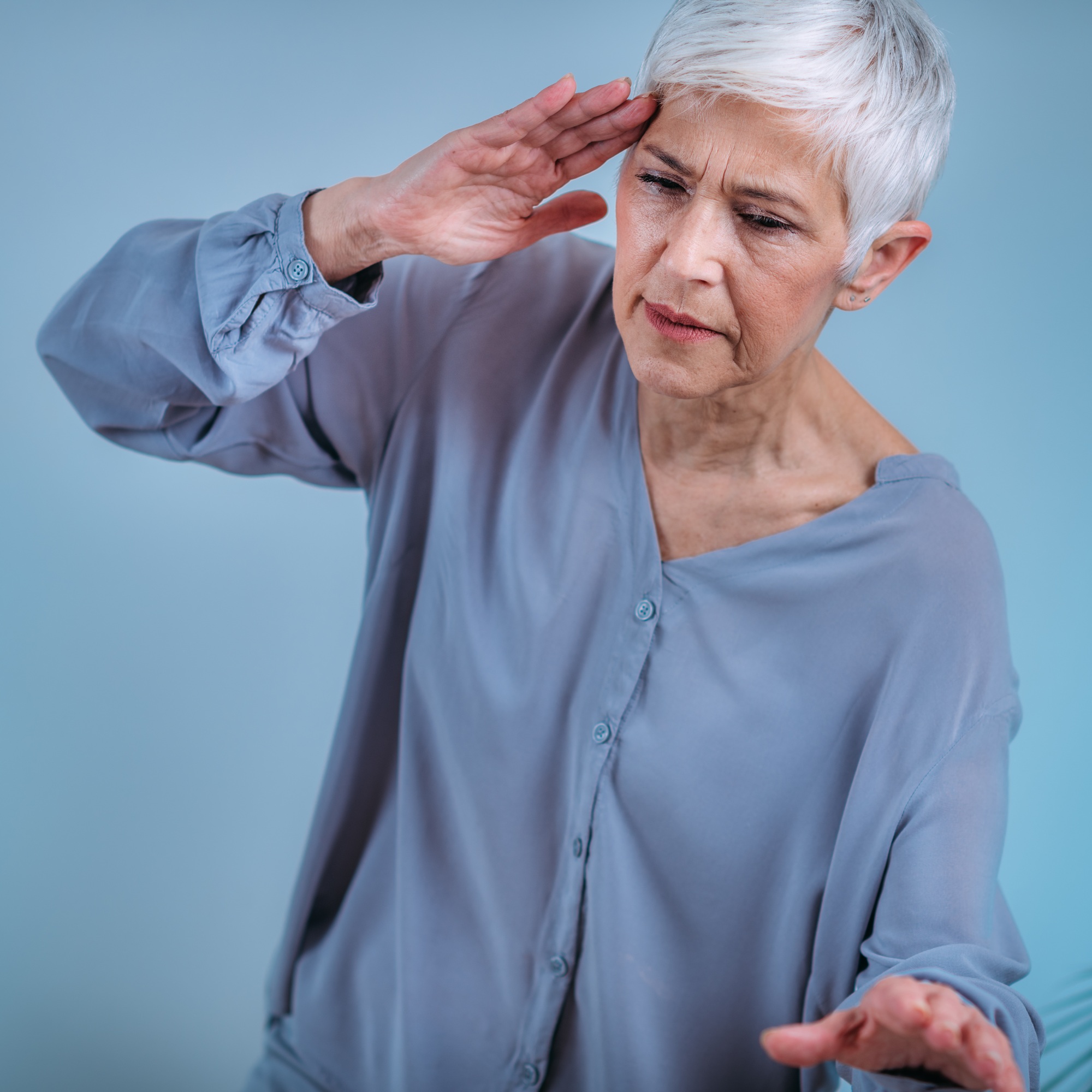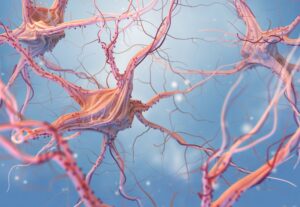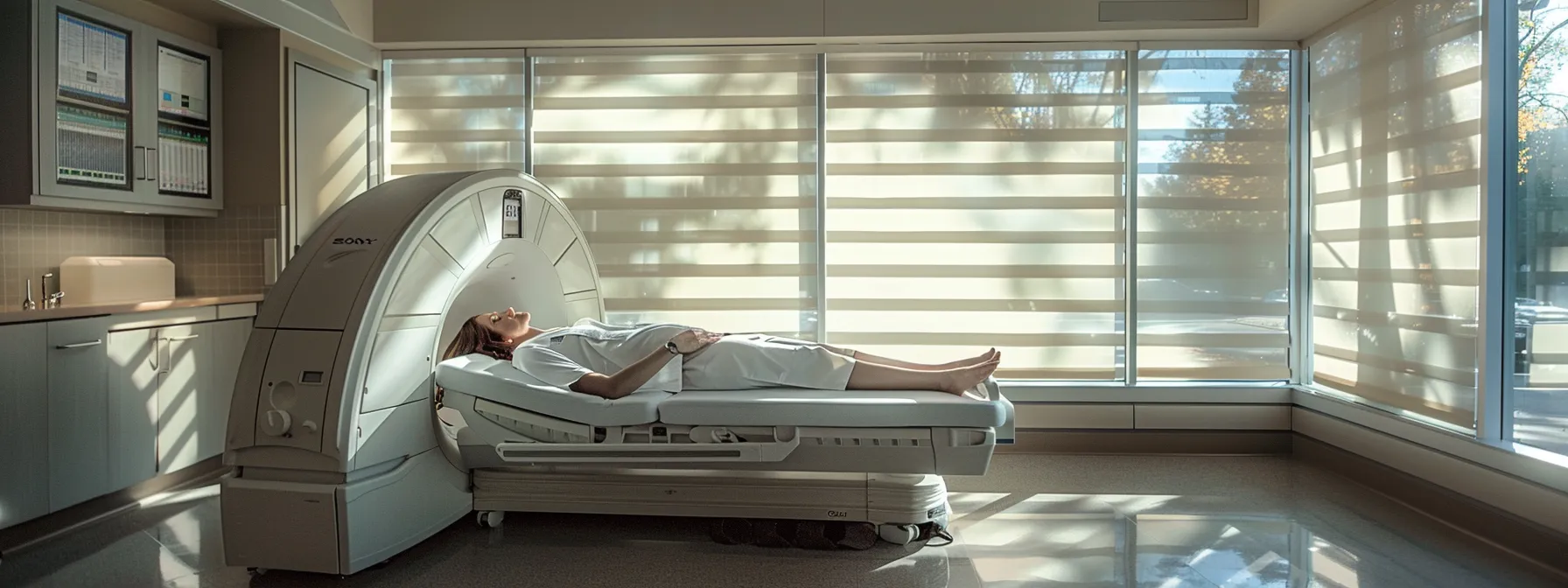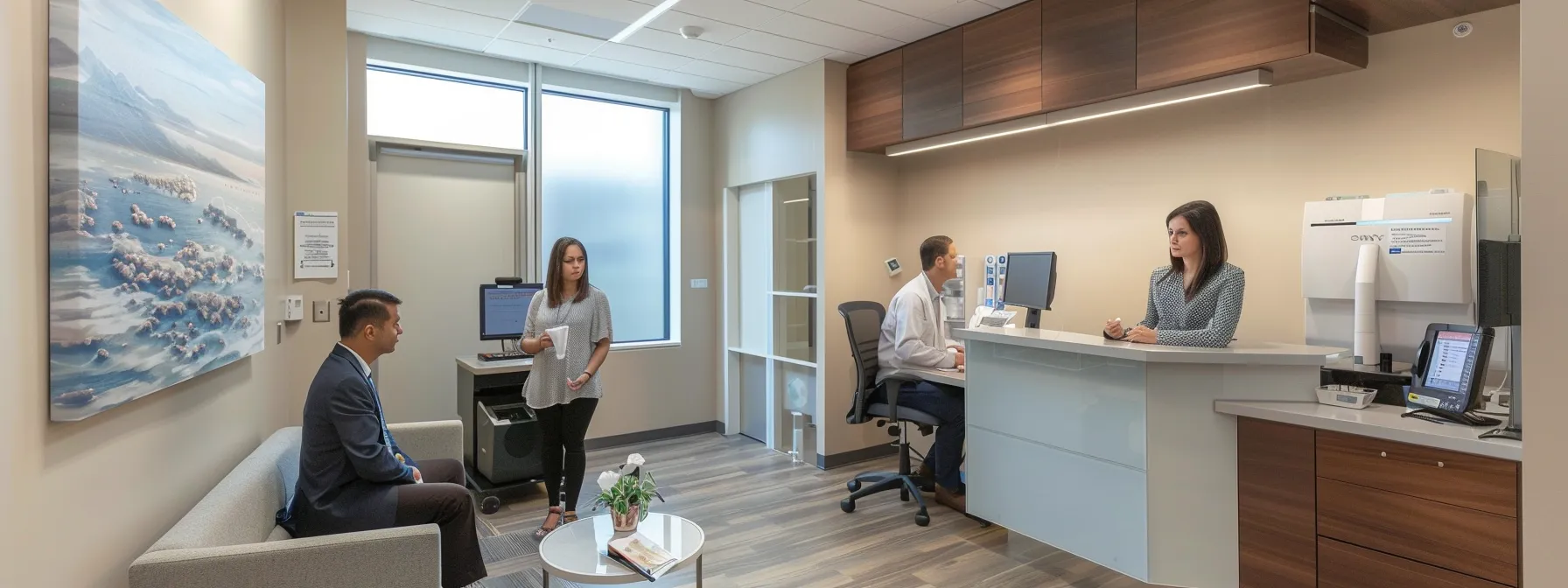

Are you experiencing unexplained dizziness or balance issues? Vestibular VNG testing can provide crucial insights into your condition. This article will guide you through the VNG testing process, from preparation to results. You’ll learn about eye movement assessments and caloric testing, which help in the differential diagnosis of vestibular pathologies. By understanding what to expect, you can approach your VNG appointment with confidence and take an important step towards addressing your dizziness concerns.

Vestibular VNG testing is a crucial diagnostic tool for evaluating balance disorders. You’ll learn about the reasons for conducting these tests, including identifying potential injuries to your auditory system. Understanding the indications for vestibular evaluation and recognizing the benefits of accurate diagnosis will help you prepare for your upcoming test.
VNG tests are conducted to evaluate your vestibular system, which plays a crucial role in maintaining balance. These tests help identify issues within the inner ear canals and neurons that transmit signals to your brain. If you experience dizziness, vertigo, or fear of falling, your physical therapist may recommend VNG testing. The results, analyzed using specialized software, guide your treatment plan and aid in preventing future balance problems.
Your physical therapist may recommend vestibular evaluation if you experience persistent dizziness, balance issues, or hearing problems. Indications for testing include symptoms like vertigo, unsteadiness, and difficulty focusing, which may signal issues with your inner ear or cerebellum. VNG tests assess your eye movements in response to various stimuli, helping diagnose conditions such as benign paroxysmal positional vertigo (BPPV), vestibular neuritis, or sensorineural hearing loss. Understanding these indications will help you recognize when to seek professional evaluation for your balance concerns.
Accurate diagnosis through vestibular VNG testing offers significant benefits for your treatment. You’ll receive a precise evaluation of your balance system, which can help differentiate between conditions like otitis media and more serious infections that may require emergency department care. This precision allows your physical therapist to tailor treatments effectively, potentially avoiding unnecessary surgery. Additionally, the results can guide further diagnostic procedures, such as the Rinne test, ensuring a comprehensive approach to your balance health.
The test’s purpose is clear. Now, let’s get you ready for the appointment.

Preparing for your VNG appointment is crucial for accurate results. You’ll need to gather your medical history, including any issues with otosclerosis or nystagmus. Discuss medications that might affect your sense of balance with your provider. Wear comfortable clothing and consider bringing glasses for certain tests like Dix-Hallpike maneuvers. These steps ensure a smooth and effective evaluation of your vestibular system.
Before your VNG appointment, compile a comprehensive medical history to share with your physical therapist. Include any instances of emergency medicine visits related to balance issues, symptoms like dysarthria or diplopia, and conditions such as hypotension that may affect your vestibular system. Provide a list of current medications, as some medicines can influence test results. This information helps your therapist interpret the VNG findings accurately and develop an effective treatment plan tailored to your specific needs.
Before your VNG test, discuss your medications with your physical therapist. Certain drugs can affect your balance and impact test results. Inform them about any medications you take, including those for conditions like schwannoma. Your therapist may advise you to temporarily discontinue specific medications before the test. This ensures the infrared sensors used during the evaluation capture accurate data about your vestibular system. Remember, some medications can influence your eye movements or balance, potentially affecting the CT scan or exercise components of the VNG test.
For your VNG test, wear comfortable clothing that allows easy movement of your head and neck. Loose-fitting attire helps when examining your semicircular canals during various positioning maneuvers. Avoid wearing contact lenses, as you may need to remove them for certain parts of the test. Your clinic may provide specific guidelines, so check their internet resources or call ahead. This preparation ensures a smooth evaluation, especially if you’re experiencing symptoms of vestibular neuritis or other balance disorders.
You’ve prepared for your VNG appointment. Now, let’s walk through what happens during the test.

Understanding the VNG testing procedure will help you prepare for your assessment. You’ll learn about the steps involved, equipment used, and sensations to expect. This knowledge aids in managing any concerns about ototoxicity or medication effects. Familiarizing yourself with the process ensures a smooth experience during your evaluation in Philadelphia or elsewhere.
During videonystagmography testing, your health care provider will guide you through several steps to evaluate your vestibular system. First, you’ll wear special goggles with infrared cameras to track your eye movements. Your physician will then conduct various tests, including tracking moving objects, positioning your head differently, and introducing warm or cool water into your ear canal. These steps help assess your body’s balance responses and identify potential issues. The entire process typically takes about 60-90 minutes, and your provider will explain each step as you progress through the evaluation.
During your VNG test, you’ll encounter specialized equipment designed to assess your vestibular system. The primary device you’ll use is a pair of goggles equipped with infrared cameras to track your eye movements precisely. These goggles play a crucial role in detecting nystagmus, which can indicate issues in your brainstem or inner ear. Your physical therapist may also use devices for the Epley maneuver if they suspect BPPV. For patients with migraine-related dizziness, additional monitoring equipment might be employed. Remember, if you’re taking any diuretics, inform your therapist as these can affect test results.
During your VNG test, you may experience various sensations as your vestibular system is evaluated. You might feel dizzy or unsteady, especially during tests for benigne vertigo or labyrinthine fistula. These sensations are normal and help in your diagnosis. Your proprioception may be temporarily affected, causing a slight imbalance. While there’s minimal risk involved, inform your therapist if you feel uncomfortable at any point during the procedure.
You brace yourself, ready for the next phase. The eye movement test begins, revealing the hidden secrets of your balance system.

During the eye movement testing phase of your VNG evaluation, you’ll experience various assessments focused on your visual responses. This includes eye tracking tests, where stimuli play a crucial role in evaluating your vestibular system. You may feel sensations similar to those experienced by Alfred Hitchcock film characters. Understanding these elements helps prepare you for potential neck pain or other symptoms during the audiology exam.
During VNG testing, your eye tracking will be evaluated to assess your vestibular system‘s function. You’ll follow a moving target with your eyes while wearing special goggles that record your eye movements. This helps your primary care physician or specialist detect any abnormalities in how your ears and brain process balance information. The test may also check for nystagmus, an involuntary eye movement that can indicate vestibular issues. If you’ve been taking meclizine for dizziness or have recently had influenza, inform your provider as these factors can affect the results.
During VNG testing, various stimuli play a crucial role in evaluating your vestibular system. Your physical therapist will use visual and motion stimuli to assess how your eyes respond to different movements. This may include introducing warm or cool fluid into your ear canal, a technique recognized by the National Institutes of Health for its effectiveness. You might experience slight perspiration during this process, which is normal. Remember to provide your complete medical history, as factors like recent travel to San Francisco or certain medications can influence the test results.
During the eye movement testing phase, you may experience various sensations as your central nervous system responds to stimuli. As a patient, you might feel slight discomfort or pain in your eyes due to the intense focus required. The Balance Center‘s specialists will guide you through the process, ensuring your comfort while they assess your vestibular system. Remember, these sensations are temporary and crucial for an accurate evaluation of your eye movements and overall balance function.
The eye movement test ends. Now, cool water enters your ear, signaling the start of caloric testing.

During caloric testing, you’ll experience temperature variations in your ear canal to assess your vestibular system‘s response. This component evaluates how your body reacts to different fluid stimulations, providing crucial insights into your balance health. Understanding the purpose of each stimulation and anticipating potential sensations will help you prepare for this important part of your VNG evaluation.
During caloric testing, your physical therapist will introduce warm and cool water into your ear canal to stimulate your vestibular system. This temperature variation affects the fluid in your inner ear, much like how gravity influences your balance. The changes in temperature can cause a brief sensation of dizziness, similar to the effects of caffeine on your central nervous system. Your eye movements in response to these stimuli provide valuable information about your vestibular function, helping to identify any potential central nervous system diseases that may affect your balance.
During caloric testing, each fluid stimulation serves a specific purpose in evaluating your vestibular system. Warm and cool water introduced into your ear canal stimulates your visual system, helping your physical therapist assess how your neck and inner ear respond to temperature changes. This process, similar to a magnetic resonance imaging test, provides valuable data about your balance function. If you’re taking any drugs that might affect your balance, such as those prescribed for Scottie syndrome, inform your therapist before the test to ensure accurate results.
During caloric evaluation, you may experience temporary dizziness as warm or cool water stimulates your ear. This sensation occurs when the fluid in your inner ear affects your inferior oblique muscle, potentially causing a brief feeling of vertigo. The procedure, part of electronystagmography, is designed to test your vestibular system‘s response. While uncommon, some patients report a slight pressure on their eardrum. These sensations are normal and typically subside quickly, allowing your physical therapist to gather valuable data about your balance function.
The caloric test ends. Now, you wait for results that will shape your path forward.

After your VNG test, you’ll receive results that provide insights into your inner ear function and potential vestibular weakness. Understanding how findings are interpreted, discussing follow-up steps, and preparing for treatment options are crucial. Your otorhinolaryngology specialist will guide you through this process, addressing any concerns about tinnitus or other symptoms, and provide instructions for next steps.
Your VNG test results will be interpreted by a skilled physical therapist who will analyze the data collected during your evaluation. They’ll examine how your eyes responded to various stimuli, including during sleep-like states, to assess your labyrinth function. If you’re taking antihistamines or experiencing labyrinthitis, these factors will be considered in the interpretation. For pregnant patients, special considerations may apply. Your therapist will explain how these findings relate to your symptoms and overall balance health:
After your VNG test, your physical therapist will discuss follow-up steps tailored to your vestibular system‘s needs. You may be recommended for vestibular rehabilitation exercises to improve your balance and reduce dizziness. These exercises often focus on eye movements, head rotations, and gait training to strengthen your vestibular system. Your therapist will pay close attention to how your nerves respond to these activities, adjusting the treatment plan as needed. Follow-up appointments will be scheduled to monitor your progress and make any necessary adjustments to your rehabilitation program:
After receiving your VNG test results, your physical therapist will discuss potential treatment options tailored to your vestibular system‘s needs. These may include specific exercises to improve your gait and balance, based on the findings from your physical examination. If a virus is suspected as the cause of your symptoms, your therapist will explain the pathophysiology and recommend appropriate interventions. Your treatment plan will be designed to address any vestibular weaknesses identified during the testing, with the goal of improving your overall balance and reducing symptoms like dizziness or vertigo.
Vestibular VNG testing is a crucial diagnostic tool for evaluating balance disorders, offering precise insights into your vestibular system‘s function. Understanding the testing process, from preparation to result interpretation, empowers you to actively participate in your balance health assessment. By familiarizing yourself with the equipment, procedures, and potential sensations during the test, you can approach your appointment with confidence and ease. Ultimately, VNG testing provides valuable information that guides your physical therapist in developing a tailored treatment plan, helping you overcome balance issues and improve your quality of life.
FAQ’s about VNG Testing
When it comes to understanding VNG testing, or Video Nystagmography, I often encounter numerous questions. Patients frequently ask what the procedure entails and why it’s necessary. Essentially, VNG testing is a specialized diagnostic tool used to assess balance disorders and identify issues related to the inner ear or central nervous system. During the test, small cameras track eye movements while you follow visual stimuli, allowing the healthcare provider to analyze how your vestibular system functions. This information is crucial for diagnosing conditions like vertigo, Meniere’s disease, and other balance-related disorders.
Another common question is about the preparation for VNG testing. I always advise my patients to avoid caffeine and alcohol for at least 48 hours prior to the test, as these substances can affect vestibular function and potentially lead to misleading results. Additionally, it’s important to come with a clear understanding of your symptoms, including when they occur and their intensity. This background helps the healthcare provider tailor the test and interpret results accurately. If you’re curious about how the findings will affect your treatment plan, know that VNG testing often serves as a stepping stone towards effective management of your condition, guiding both diagnostic and therapeutic decisions.